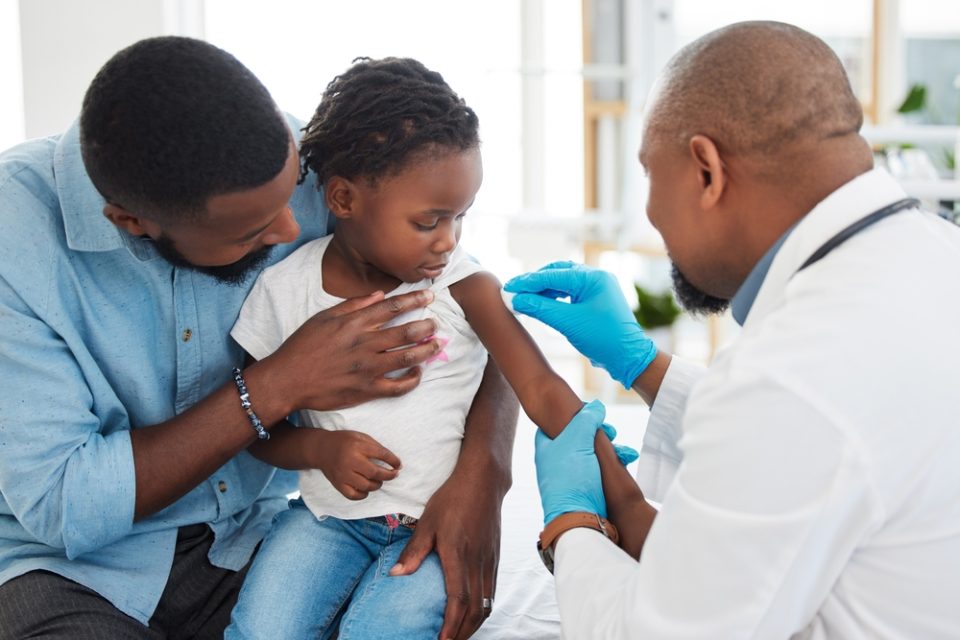Medical experts emphasize benefits of concurrent vaccination amid seasonal health challenges

Understanding vaccination science
Vaccination is a cornerstone of public health, especially in the fight against respiratory viruses that cause seasonal illness. The landscape of vaccination has evolved significantly, with modern vaccines using diverse technologies to enhance immune response. Simultaneous vaccination, or the practice of administering multiple vaccines at once, is increasingly recognized for its safety and efficacy. This approach, which has been widely used in pediatric care for years, is now applied to adults to maximize protection against several viruses at once.
Scientific foundation
The immune system plays a critical role in defending the body against infections. Vaccines are designed to help the immune system recognize and combat specific viruses. Depending on the technology used, vaccines can work in several ways. Some vaccines use inactivated viruses to trigger an immune response. Others, like mRNA vaccines, provide genetic instructions to cells to produce viral proteins and stimulate immunity. There are also protein subunit vaccines that target specific parts of the virus, viral vector vaccines that use harmless viruses to deliver genetic material, and attenuated live vaccines that contain weakened forms of the virus.
The immune system is capable of handling multiple vaccines simultaneously without diminishing the effectiveness of each. In fact, current research shows that receiving multiple vaccines at once can enhance the body’s overall immune response, reducing the time spent in healthcare settings and increasing compliance with vaccination schedules.
Current vaccine landscape
The number of vaccines available for respiratory viruses has expanded significantly in recent years, particularly following the COVID-19 pandemic. The vaccines currently available offer protection against several respiratory infections, including COVID-19, influenza, Respiratory Syncytial Virus (RSV), and Pneumococcus, as well as MPox. Each of these vaccines plays a vital role in protecting public health, with recommended timelines for receiving them based on age, health status, and risk factors. These vaccines are designed to work in harmony, with health authorities encouraging their simultaneous administration when appropriate to ensure maximum protection.
The Centers for Disease Control and Prevention (CDC) supports concurrent vaccination as a key strategy for reducing the burden of disease. By combining vaccinations, patients can avoid multiple visits to healthcare facilities, making the process more convenient and cost-effective. This also enhances vaccine adherence, as people are more likely to complete their vaccinations when they are scheduled together.
Addressing common concerns
One of the most frequently raised concerns about receiving multiple vaccines is the strain on the immune system. However, research debunks this myth, showing that the body can easily handle multiple vaccines without overloading the immune system. Vaccines do not interfere with each other’s effectiveness, and side effects are typically mild and temporary. Common side effects include soreness at the injection site, mild fever, or fatigue, all of which are normal and go away on their own.
Scientific evidence supports the safety of receiving multiple vaccines, with clinical trial data, real-world evidence, and long-term studies all showing that the benefits far outweigh the risks. Monitoring systems track adverse events and ensure any potential issues are addressed quickly. Importantly, no significant long-term safety concerns have been identified in relation to administering multiple vaccines at the same time.
Public health impact
Vaccination benefits extend beyond the individual. One of the most important public health impacts of widespread vaccination is the development of herd immunity, where enough people are protected from infection to prevent the spread of disease. This is particularly important for vulnerable populations, such as the elderly, immunocompromised individuals, and young children, who are at greater risk of severe disease. Vaccination also supports the healthcare system by reducing hospitalizations, freeing up resources, and preventing the economic costs associated with treating preventable illnesses.
Access to vaccines remains a challenge in some areas, particularly in low-income or rural regions. Factors like geographic availability, financial barriers, cultural differences, and transportation issues can limit vaccine access. Addressing these challenges requires targeted interventions that make vaccines available to all, regardless of background or resources.
Healthcare provider role
Healthcare providers play a crucial role in facilitating successful vaccination programs. Effective communication is key, and providers must ensure that patients understand the benefits of vaccination and feel comfortable with the process. This involves clear, culturally sensitive explanations, addressing concerns, and providing adequate information about potential side effects.
Providers must also ensure that vaccination is efficiently implemented. This includes scheduling appointments, ensuring proper storage of vaccines, and training staff in correct administration practices. A smooth process enhances patient experience and ensures vaccines are delivered effectively and safely.
Future developments
The future of vaccination includes promising innovations. Emerging technologies are making vaccines more effective, easier to administer, and better at protecting against a wider range of diseases. Research is also focused on combining multiple vaccines into a single shot, making it even easier for individuals to receive their needed protection in one visit. Furthermore, advances in delivery methods and formulations aim to enhance the effectiveness of vaccines, especially in populations with specific health needs or challenges.
Ongoing research continues to focus on ensuring that vaccines can provide long-term protection, cover emerging variants, and be tailored to specific populations. By monitoring real-world data and conducting further studies, health experts are working to continuously improve vaccination strategies and ensure they remain a powerful tool in the fight against respiratory viruses.
Practical implementation
For individuals and healthcare providers alike, timing is key to optimizing vaccination effectiveness. Seasonal planning can help ensure that vaccinations are administered at the right time, in sync with the peak of respiratory virus activity. Coordination between multiple vaccines is also important to prevent overlap and ensure that patients are receiving the best protection without unnecessary delays.
While vaccines are generally safe, it’s essential to be aware of common side effects and know how to manage them. Mild reactions such as swelling, redness, or fatigue are normal and should resolve within a few days. If any serious reactions occur, individuals are advised to seek medical attention immediately.
Conclusion
The evidence supporting the safety and effectiveness of administering multiple vaccines simultaneously is clear. This approach offers significant benefits, not only for individual protection but also for the broader community. By adhering to current recommendations and leveraging the power of vaccines, we can continue to protect public health and reduce the impact of respiratory viruses.
















